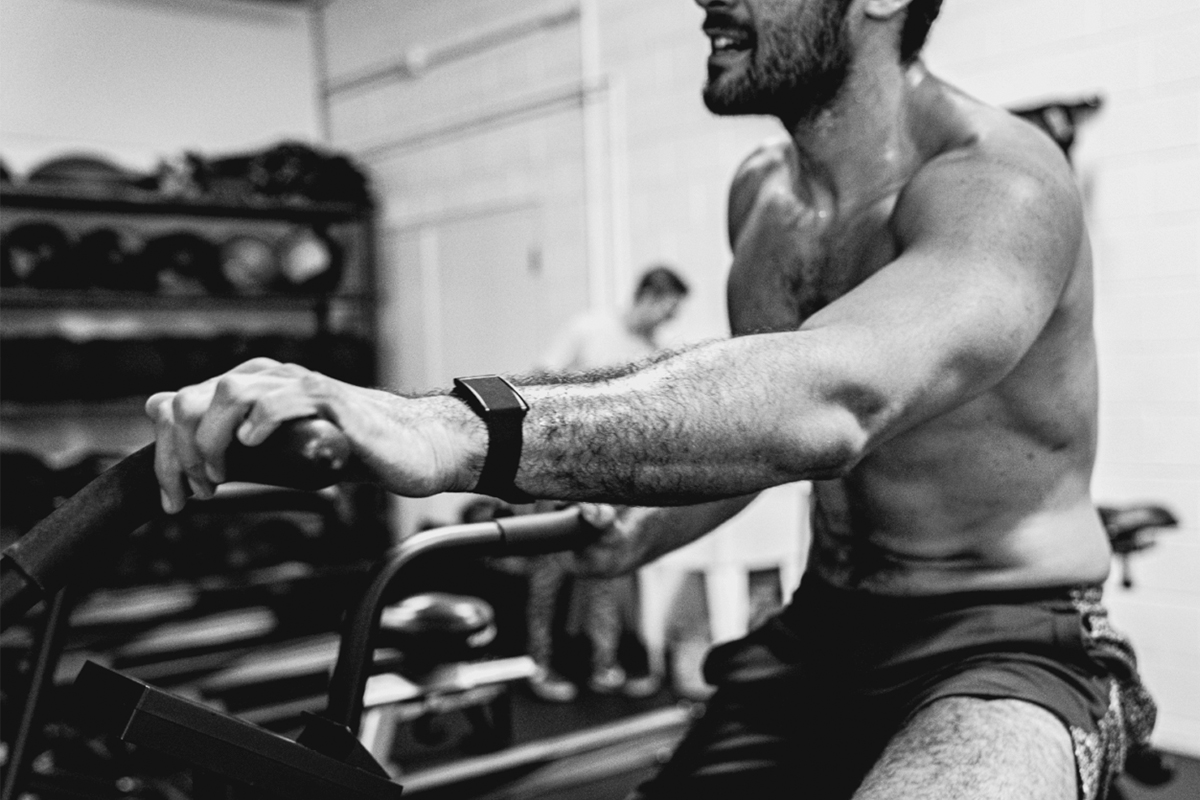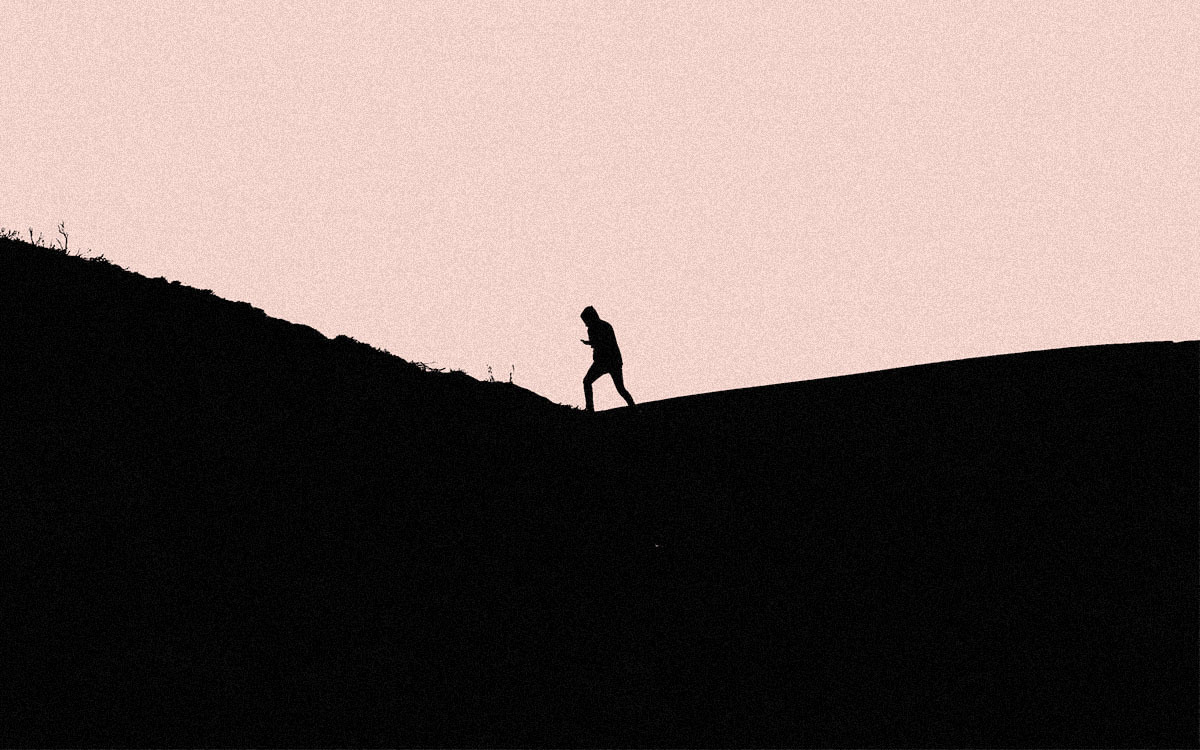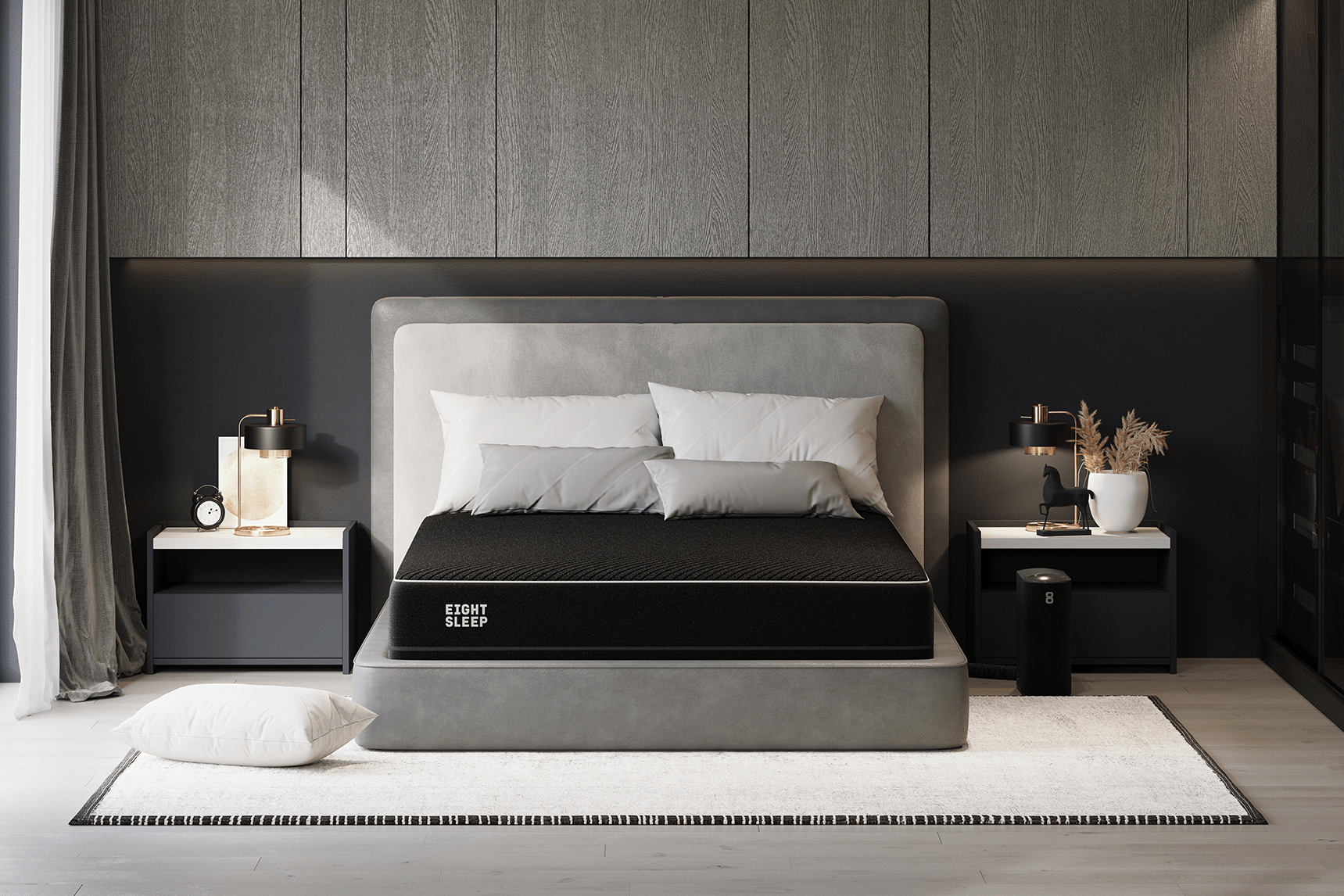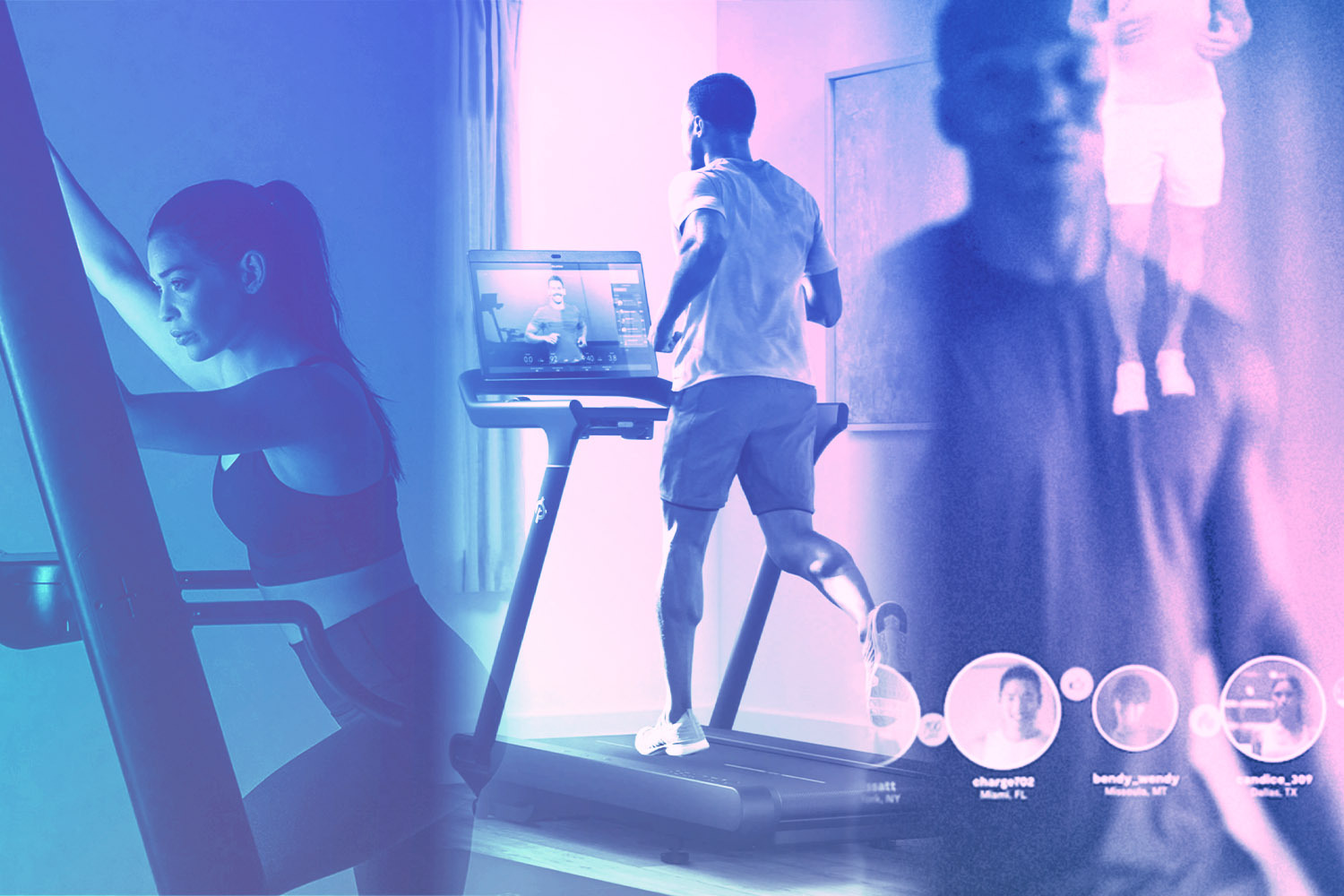Earlier this month, I chatted with Will Ahmed on the future of fitness. For the uninitiated: he’s the 31-year-old founder of WHOOP, the Boston-based fitness tracking brand that was recently valued at $1.2 billion.
Amid a free-wheeling discussion on Silicon Valley, employee burnout and Transcendental Meditation, Ahmed explained why he wanted to get into health monitoring in the first place: “It’s one of the most important categories of the next five to 10 years — in terms of how profoundly it’s going to change society. It will so dramatically improve health for humanity.”
After two months of wearing a WHOOP, I’m inclined to agree.
The company made its name as a biometric data-collector to the stars (Patrick Mahomes, Kevin Durant and Rory McIlroy didn’t just invest in the product — they’re relying on it 24/7), and now claims partnerships with heavy-hitters like CrossFit, MLB, Equinox and the U.S. Army. But the secrets these straps tell are for everyone.
WHOOP’s health monitoring includes all sorts of stats and charts. Big picture, though, it all boils down to just one simple equation. And once I understood it, I started to radically retool and rethink my understanding of fitness. With the wearables era firmly upon us, here’s your guide to understanding the hottest name in the industry.
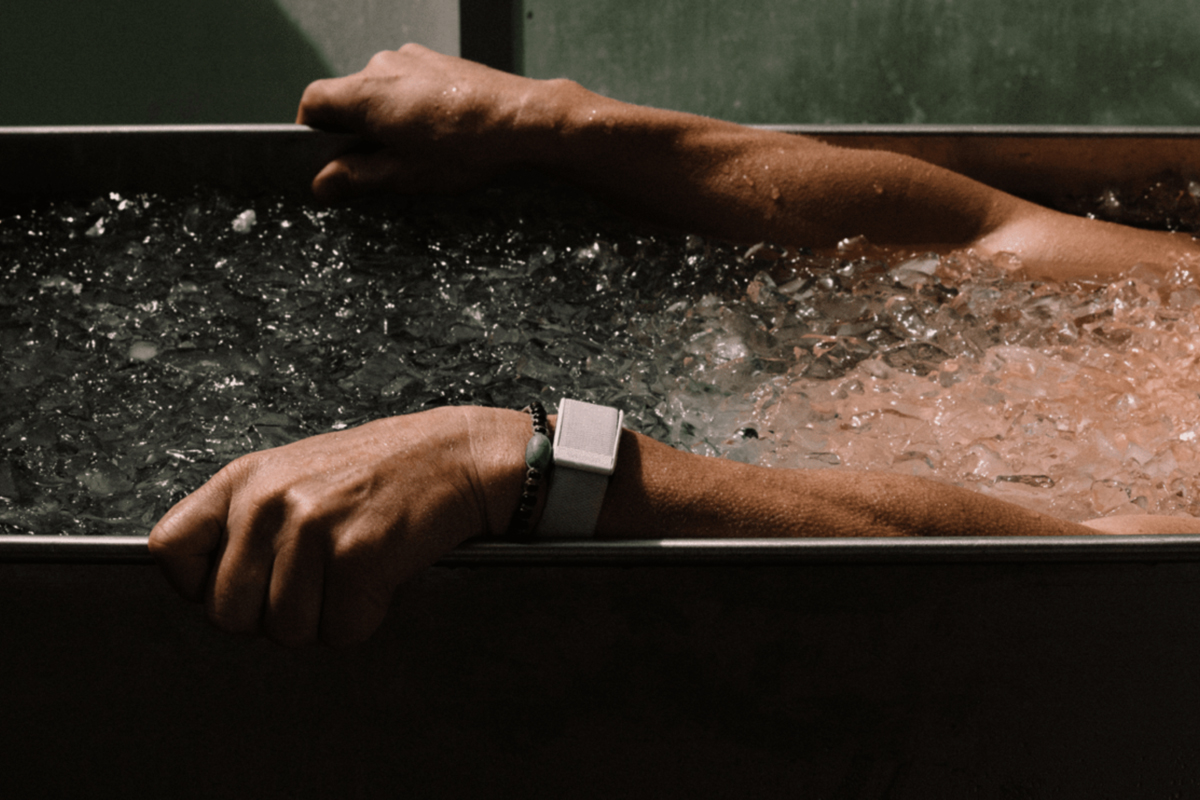
Cool > clunky
Ahmed likes to say that fitness trackers “should either be cool or invisible.” Health tech’s first crack at the concept whiffed on both, with a litany of clunky plastic apparatuses that A) looked ridiculous when worn with anything other than workout gear, and B) felt physically noticeable on the wrist. WHOOP’s solution? A waterproof strap made almost entirely from a flexible elastane fabric. There’s a small metallic clip at the top holding the computer chip in place, but you can’t really fiddle with it, the way you might clasp and unclip a Fitbit.
Once this thing is on, you completely forget about it. That’s sort of crucial to its success, as it needs to be worn around the clock. Part of the key is a rubber grip that’s built into the fibers. After situating the WHOOP strap just below your wrist bone, it never moves. I’ve thrown a ball around with it on, chopped carrots and taken maybe 100 showers. But it refuses to budge. This is huge for sleep, too — half the point of wearing a WHOOP is monitoring your time in bed. As someone who has a bad habit of falling asleep on his arm, I appreciate that the strap is lightweight and lies flat.
That subtlety manifests in the aesthetic, too. The strap looks relaxed on the arm. You’d think, considering WHOOP got its start by working with athletes, they might’ve been tempted to create something conspicuous and flashy, an accessory that’s easily recognizable when it flashes across your TV screen. But their restraint here is actually what makes it work. The strap is sort of like a pair of athleisure sweatpants: it looks good for the statement it’s not trying to make. You can wear it casually during your Zoom meeting without it looking like you’re trying to dunk on your coworkers.
There are some out-there colorways, to be sure. I appreciate that they can be slotted in when appropriate, though. WHOOP is selling a membership, not the strap — picking up a new strap is cheap and easy. I’m a big fan of the one you get for free just by signing up. It’s black, and it’s the only strap I’ve worn so far.
The hell’s “Optimal Day Strain”?
After your strap is locked in place, you’re free to start exploring the WHOOP app, which is the command center for all the biometric information the strap is collecting. (In case it isn’t clear, the strap connects to the app via Bluetooth.) It’s here that you’ll get immediately acquainted with WHOOP’s worldview, which boils down our days to two states of being: strain and recovery. The brand created a proprietary scale that measures every heart-pumping activity you do on a scale of 0 to 21. At the end of the day, these numbers are thrown into an algorithm to assign the day a strain, also on a 0 to 21 scale.
I’m not sure what you have to do to get a 21. Get Jack Bauer a WHOOP and maybe we’ll find out. I’ve had some pretty active days during quarantine — think: a long run, Peloton session and an hour of lifting in the span of 12 hours — and 19.2 is the highest strain I’ve recorded. As the strap gets to know you (your heart rate variability) better, it starts to understand how many minutes you normally spend at, say, 70-80% of your max HR during a game of tennis. That knowledge then informs the number it assigns for the activity’s strain. But strain isn’t just a fun, made-up measurement. It can help you understand why the exercise “felt” a certain way, or what your body might be capable of performing tomorrow.
This is the true appeal. WHOOP isn’t necessarily about racking up beastly numbers — it’s about finding balance. Think about the contrived 10,000-steps mania that surrounds the pedometer, the original fitness tracker. Doing more doesn’t always mean doing right by your body. If you go too hard, the app lets you know that you’re “overreaching” for the day. The ultimate goal is to achieve optimal day strain. Let’s say I’ve rattled off multiple days above my average day strain (which hovers around 17). I should probably take my foot off the pedal and put up a 14 or less. Of course, WHOOP doesn’t have the AI to say: “Hey, you can golf today but you cannot go for a run.” It’s your prerogative to take the data, cross-reference it with an existing understanding of your body, and make a call on what you can handle.
A third of our lives!
But there’s more to the equation, before you make your decision. You have to consider recovery. This is my favorite thing about WHOOP by some distance. The app collects all that workout data, but it also monitors your sleep — and the quality of that sleep, in light of whatever hell you put your body through the previous day. Each morning, you’ll get a report denoting your “recovery percentage.” Anywhere from 70-100% is fantastic. But it is upsettingly easy to find yourself well below that. My average recovery currently stands at 57%. Why? I’m not getting enough sleep, relative to the intensity of my weekly exercise routine.
The scary thing about that is I’ve actually started getting way more sleep since I started with WHOOP — in direct response to this revelation. For years, I’ve been pretty much staging a one-man race to nowhere. Running, lifting, cycling, all in the name of effort, progress and gains, without affording my sleep the attention it deserves. Like everyone else, I’d heard the “It’s a third of your life!” line. But I didn’t associate that knowledge with my fitness goals. At least, not to the degree that I should’ve. WHOOP refuses to let you ignore the codependency between strain and shuteye. It’s difficult to wake up to a tough number — say, 23% — and think it’s smart to go run 11 miles.
It’s a stop sign, then, against the lesser judgment of overeager trainees. But it’s also an invaluable tool for anyone looking to have a happier, more productive day. It’s sort of insane, when you think about it, how casual we are when we discuss sleep. “I slept well … I didn’t sleep well.” What does that mean? WHOOP is able to isolate the time you spent in bed from the time you spent actually asleep, record “disturbances” throughout the night, and even catalogue the amount of time you spend in deep sleep. Deep sleep is critical (you want about two hours of it for every eight hours of sleep), but if you’re spending too much time in deep sleep, like four hours, your body’s probably making up for shitty sleep earlier in the week.
A week ago, for example, after a couple late nights, I had consecutive days where deep sleep made up over 50% of my hours. No wonder I was waking up groggy and cranky — it’s notoriously difficult to rise from deep sleep. That’s chuck-the-alarm-across-the-room fuel. The app gives you the tools to break those bad habits, though. Before bed, to recommends exactly when you should go to bed based on what sort of day you’d like to have tomorrow (“peak,” “perform” or “get by”), your intended wake-up time and how much activity you’ve been averaging recently.
So, drinking is a terrible idea
Binge drinking, to be precise. Like everyone else, my “nights out” have been few and far in between these days. But when I have put back a few and rolled into bed at the witching hour, my WHOOP has churned out some truly shocking numbers the following morning. We’re talking single digit recovery percentages. Sleeps peppered with up to 20 disturbances. I wasn’t particularly surprised — beyond the hangover, I’ve always felt physically drained after a night of heavy boozing. But these numbers confirm it.
And they suggest a sobering reality: working out after a night out is not the move. I’ve long been a proponent of the “sweat it out” approach. That’s still on the table, but it has to be within reason. The body simply isn’t built to handle anything serious when it’s severely dehydrated, trying to cure a pounding headache, and running on sleep that might’ve felt effective (alcohol helps us snooze the second we hit the pillow), but was statistically one of your worst sleeps of the month.
Earlier this year, I gave up drinking for a month and saw big-time improvements in my fitness. One of my biggest takeaways was how good sleep begets good workouts, which leads to another good sleep, and so on. Drinking sabotages this process, because it basically gives you a one-day “injury” the following morning. Your best shot at real recovery is to put off fitness gains for another day. The biggest issue with that is the timing. Most of us save our drinking for Friday or Saturday night. Saturday and Sunday are wide-open days, where we actually have the time to go for a hike or swim some laps. But there’s a good chance WHOOP won’t want you doing either.
Monitor away
For WHOOP to work properly, you have to leave the app open at all times. I suspect this is sucking my battery a bit, but I don’t mind. The truth is, I now look forward to checking in on my stats each day. On average, how long has it been taking me to fall asleep this week? If I do a tempo run on Monday, will my body be ready for a track workout by Thursday? And so forth. There are always more variables — acknowledging that is one of the pitfalls of committing to a holistic wellness strategy. Are you eating properly? Stretching enough? How’s your mental health? WHOOP can’t answer those questions (yet), but it can certainly affect the answers.
It’s tempting to follow fad workouts and “longevity” diets, to engage with fitness as some sort of evolving cultural movement. But that’s never been reality. Fitness is personal. It’s an understanding between you and your body. The more you know about that body, the better chance you’ll have of pushing it when you can, reeling it back in when you must, and reaching whatever goals you’d like to achieve. That verb — “monitor” — can sound a bit intimidating, if not foreboding. So just think of it as keeping a steady read on things, like a captain does his ship. You deserve to know what’s going on in there. If you want to put years on your life, start by learning to balance your days.
Whether you’re looking to get into shape, or just get out of a funk, The Charge has got you covered. Sign up for our new wellness newsletter today.
